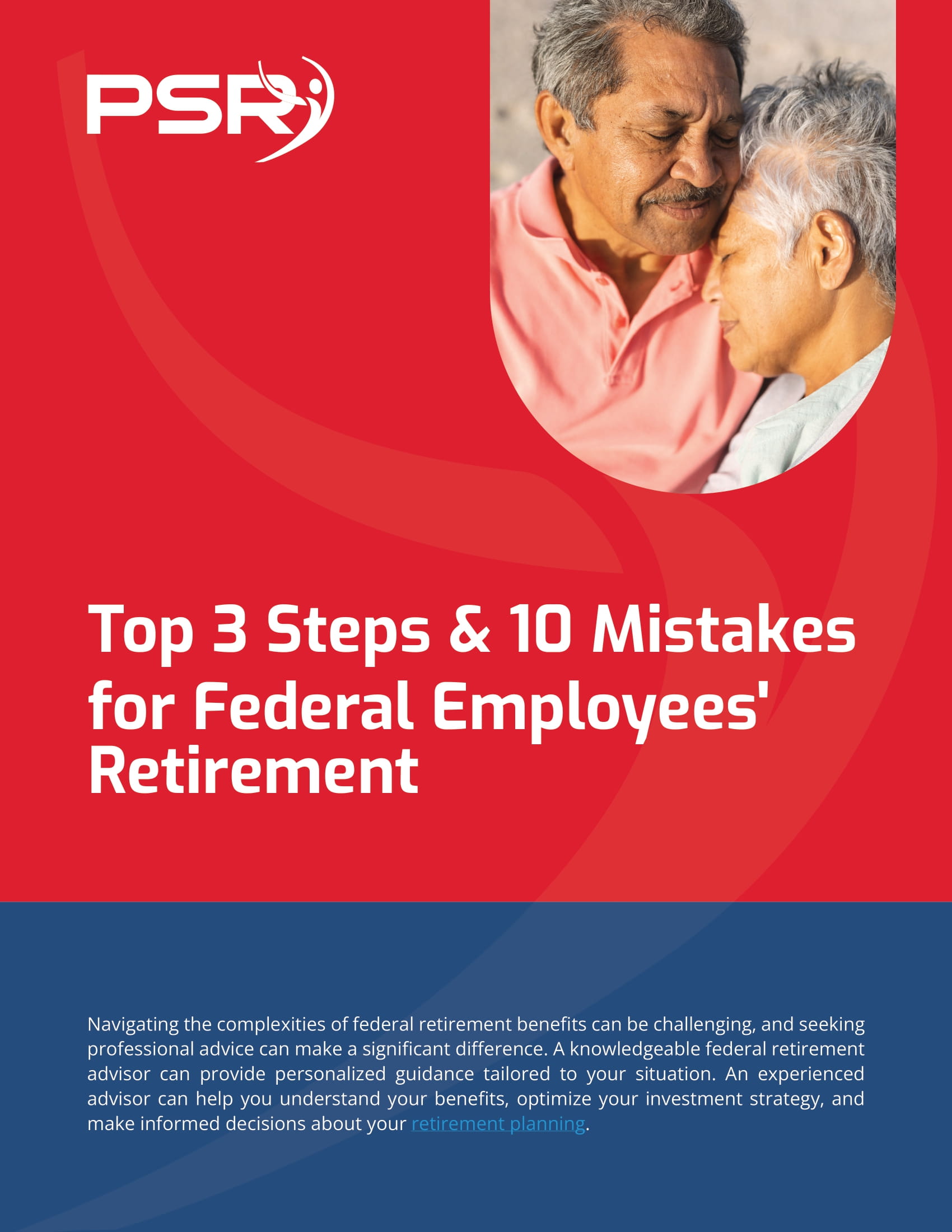
It had only been weeks since when the federal employees had begun adding their retirement savings into the lifecycle fund automatically. Such is the brittle nature of these matters that the governing board has already brought about changes in the allocation procedure of the investments. These funds when added to the Thrift savings plan’s L funds now get treated differently.
Every year the Thrift Savings plan allocates different lifecycle funds – L2050, L2030, L2040, L2020 and the L income fund. The one covering the current retired officers is the last of the aforementioned.
- Also Read: New Rules for Federal Employees in 2025: What You Need to Know to Stay Ahead
- Also Read: Seven TSP Fund Allocation Strategies Federal Employees Are Using to Strengthen Their Retirement Portfolios
- Also Read: Military Buyback for Federal Employees: Is It Really Worth It? Here’s What You Need to Weigh Up
The TSP began the auto-enrollment of new feds in the G fund at a slim rate of 3% contribution in 2010. Now, effective Sept. 5, the rudimentary investment funds for the non-federal and the civilian officers that have recently joined the thrift savings plan is primarily the L fund. The board has stressed upon the matter further by saying that the G fund isn’t as effective in the long term for the employees who are expecting a substantial replacement percentage so the L fund amendment was an absolute must. This amendment was made possible when the TSP board convinced the Congress to change the fundamental investment fund to the lifecycle fund. Here’s hoping that positive changes like these continue.








